Pink Water
by Claire Taylor
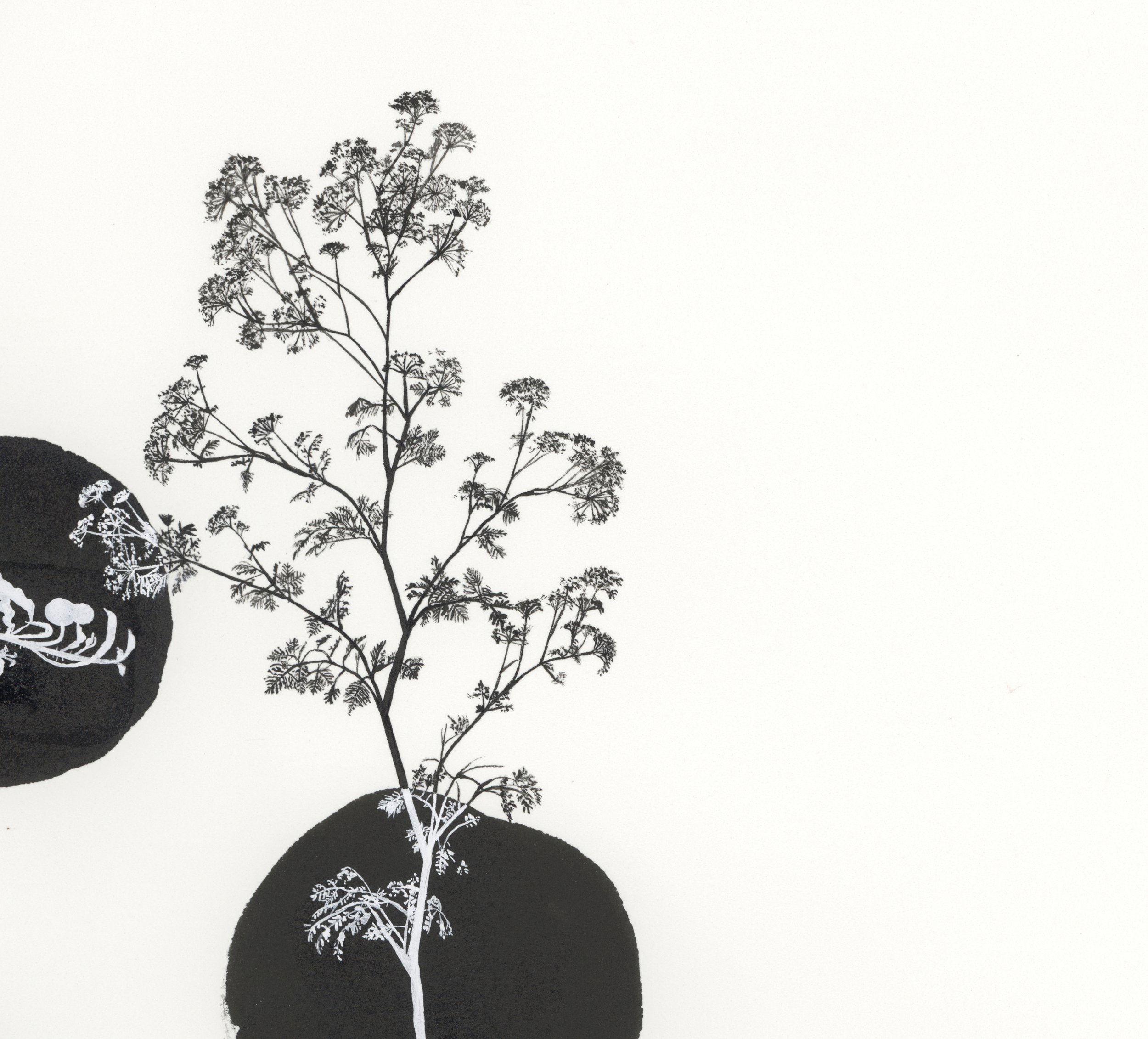
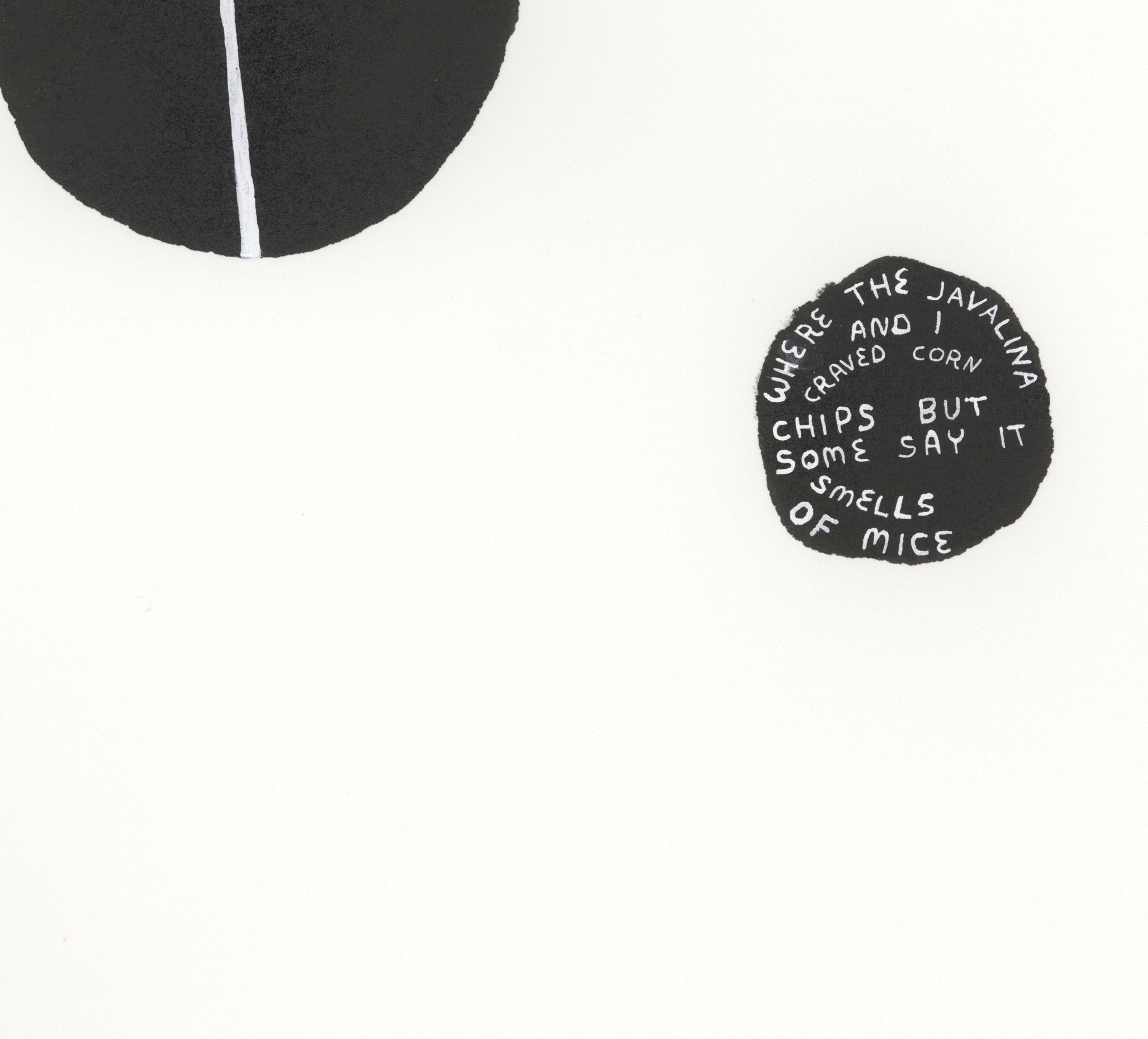
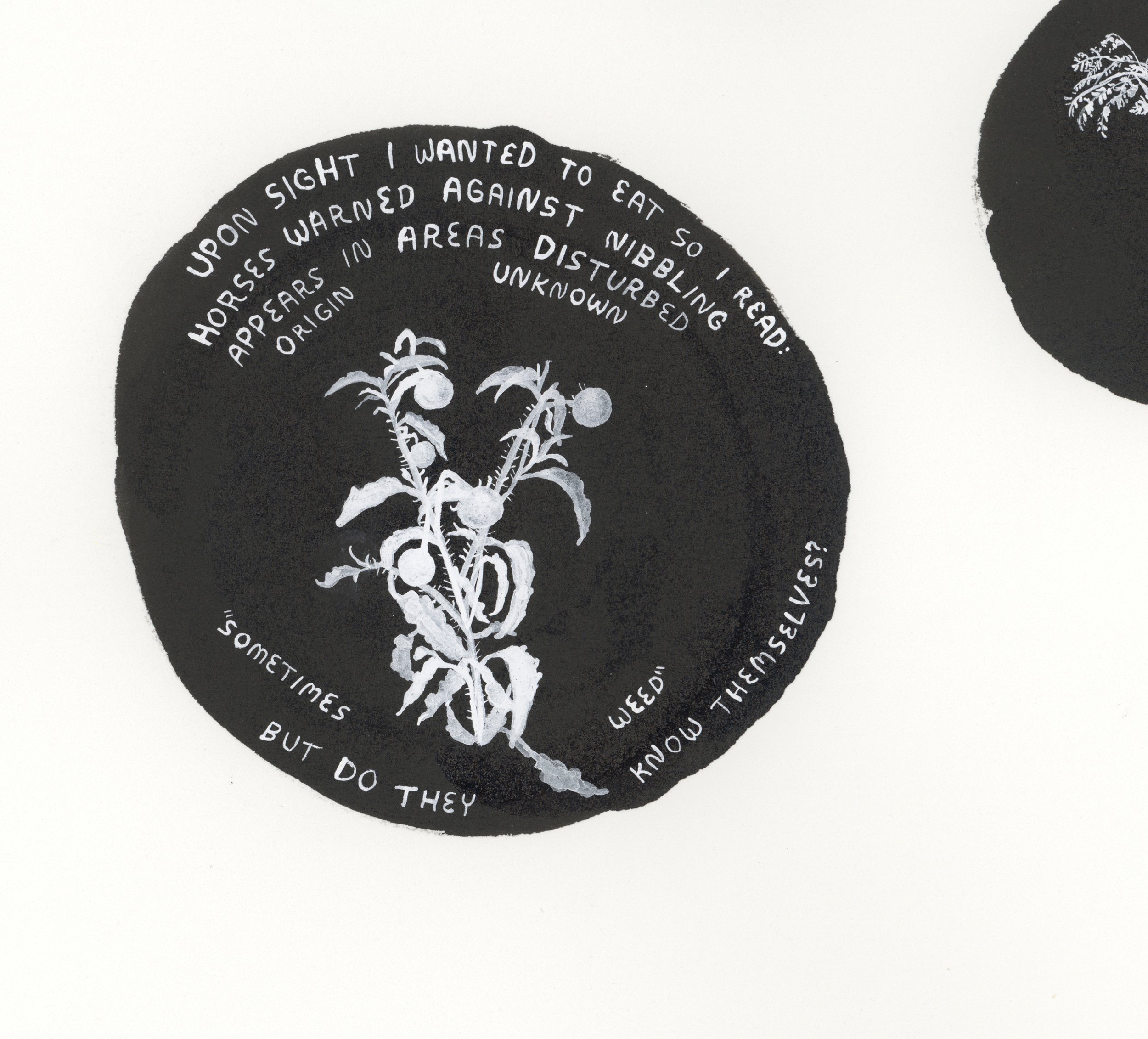
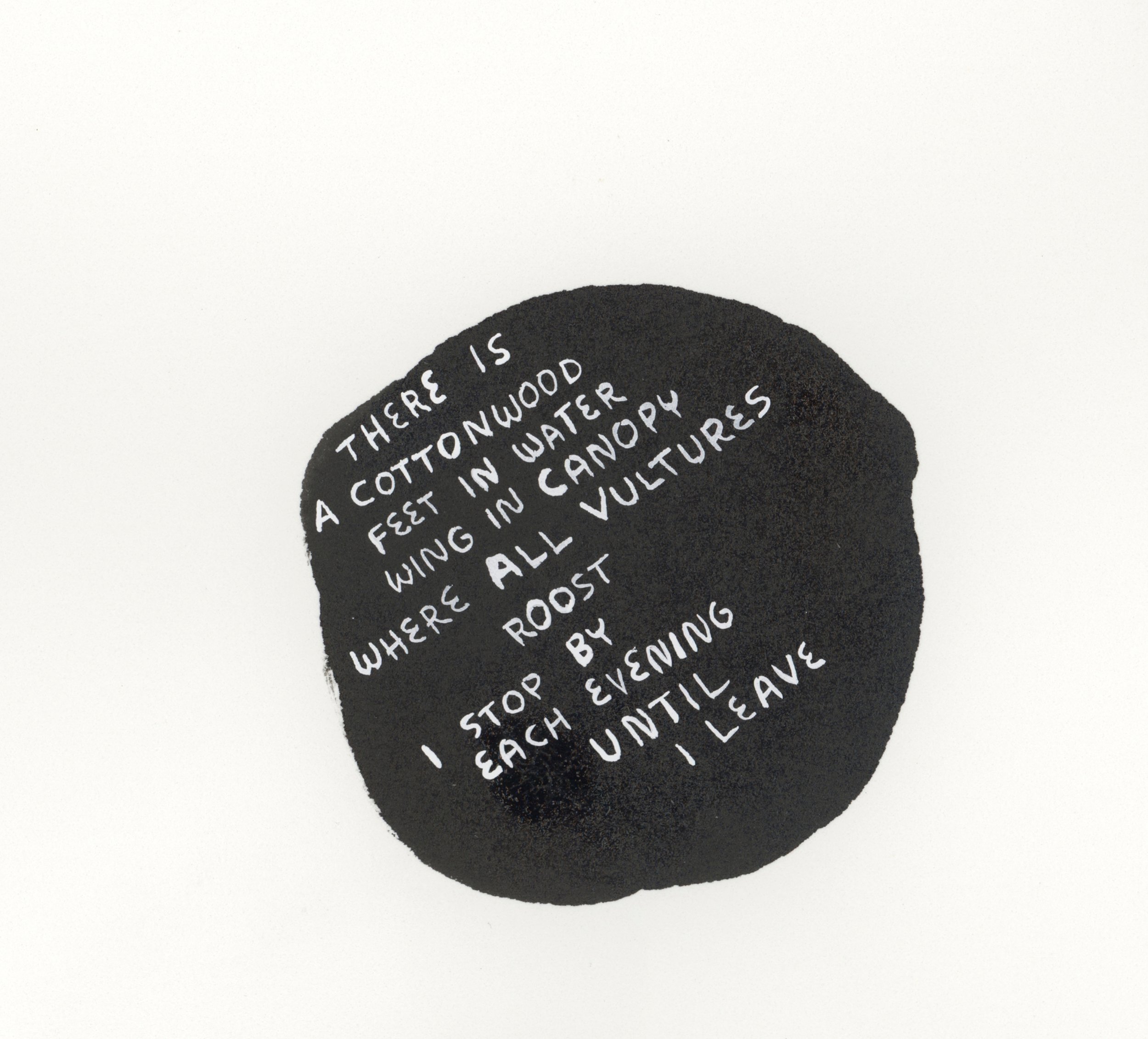
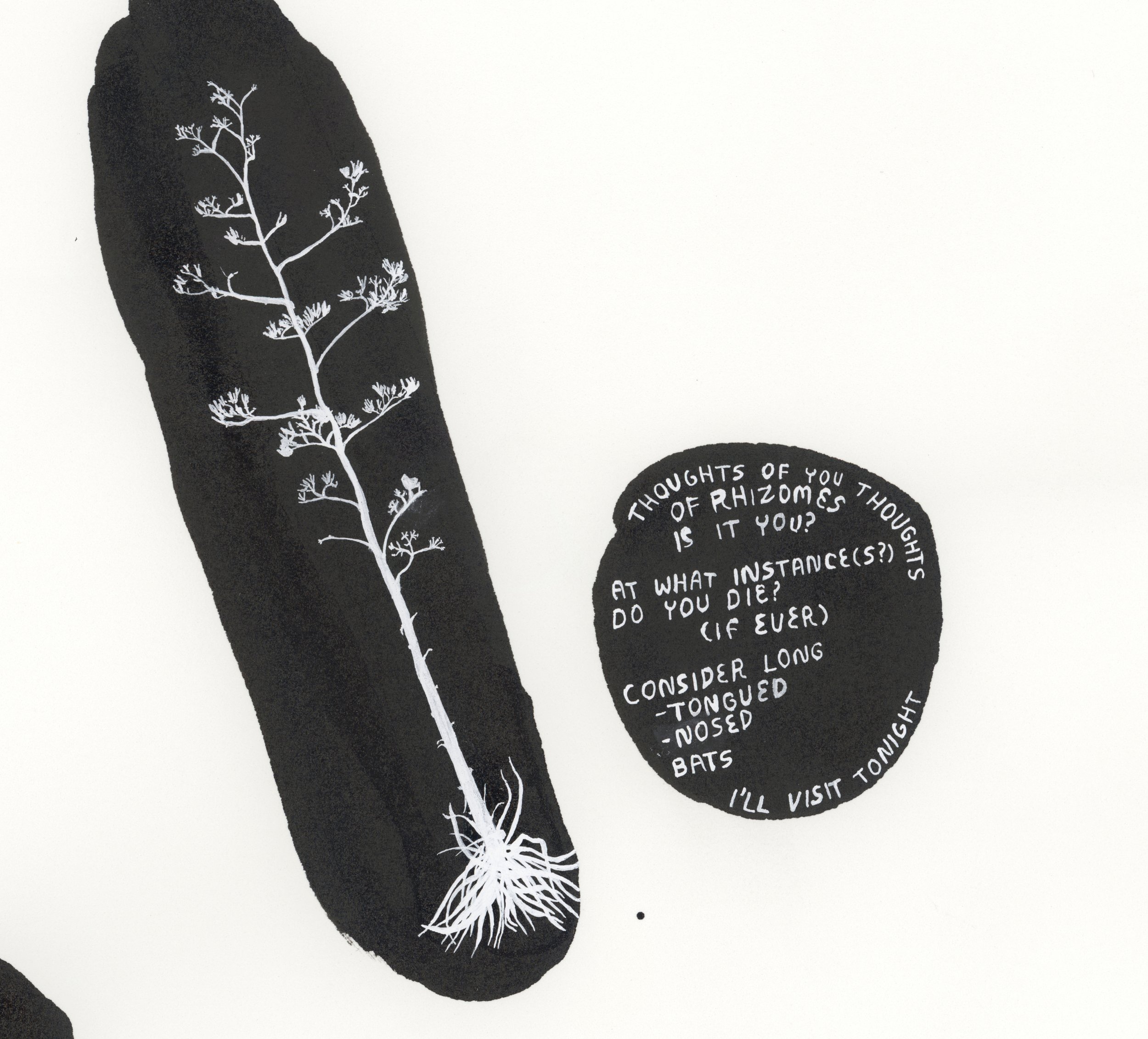
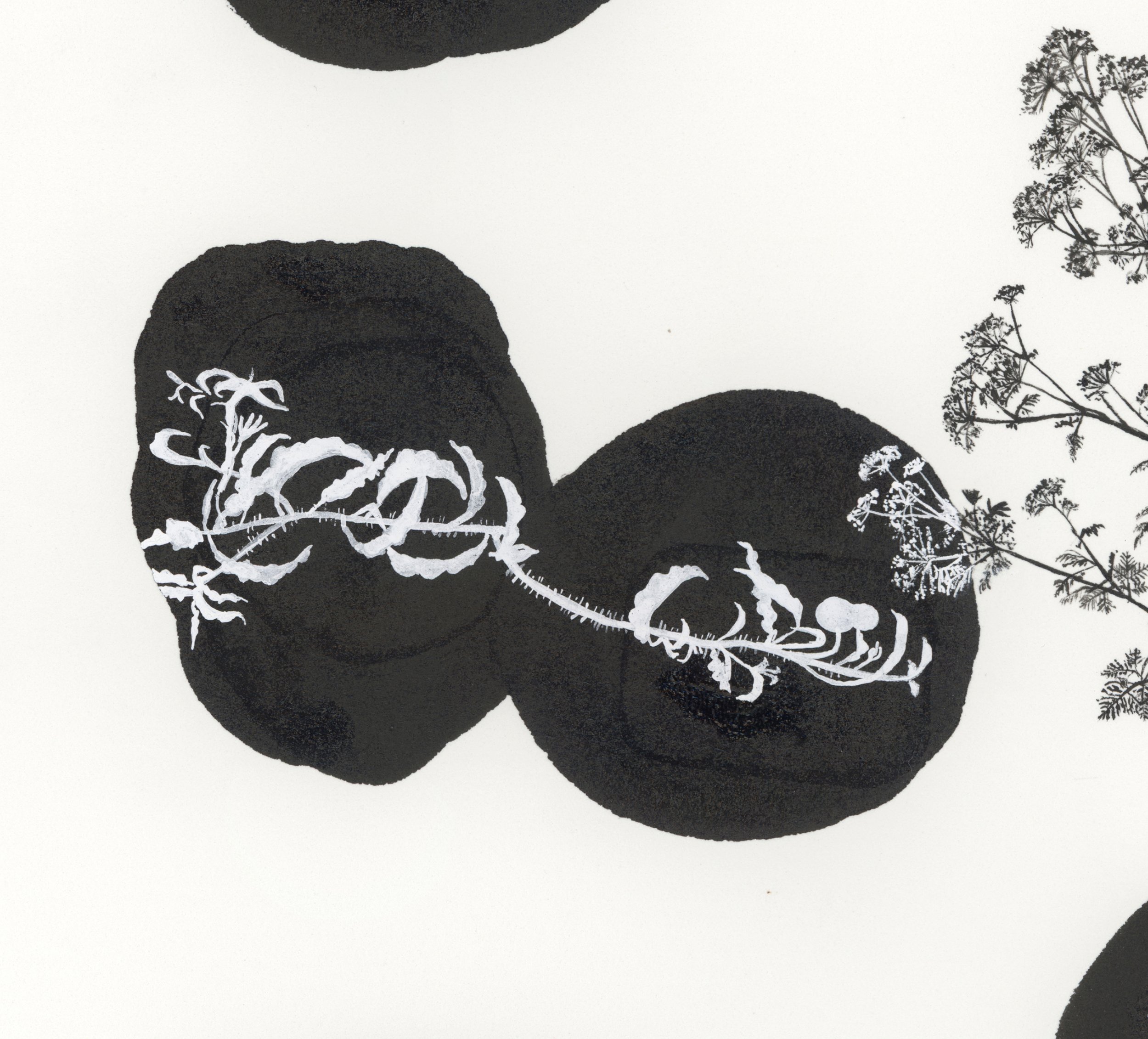
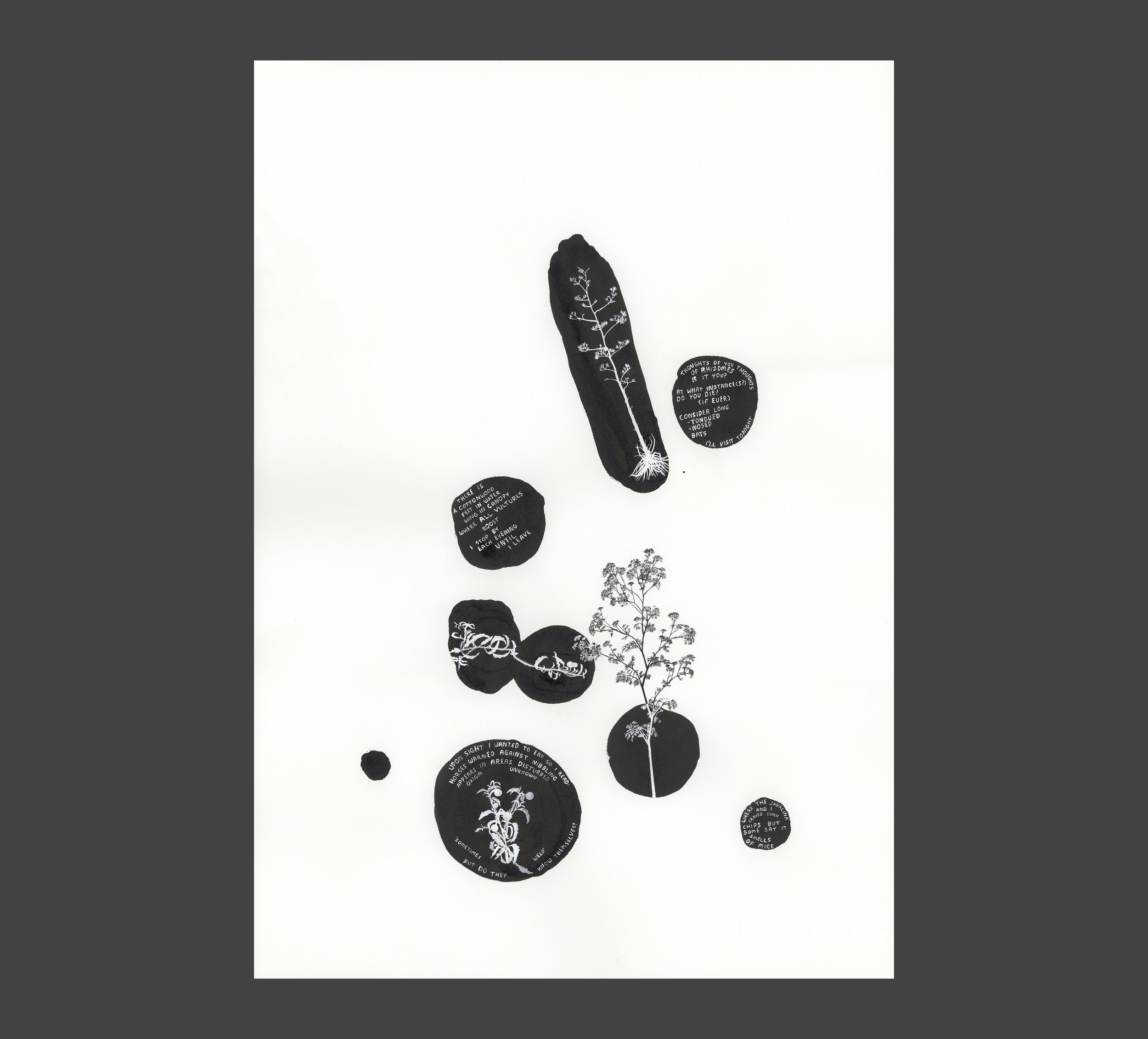
…
Perhaps never have I felt my privilege so keenly. So, I write to you, reader, with embarrassment.
But, as a dear friend said—a friend who is no longer with us on this temporal plane—and thus his quotes ring truer than those I hear today—"embarrassment is the spice of life.” He was paraphrasing me. So, I must heed my own belief(?) delivered back to me through my memory of him.
. . .
In Nogales, Sonora, Mexico—Kino Border Initiative—we had the honor of giving food and pink water—pink from hibiscus flavoring—to people seeking asylum and hoping to cross the border. I felt my privilege in my cheeks, in my movement, in my language.
Later, I showed those who wanted to how to make zines. Communication through movement.
. . .
I am not a trained writer. So, still embarrassed, but for more reasons now. However, I’m trained in conversation in the usual way. So. Let’s start again.
Come along little doggies.
There are four I remember in particular: Pepper, who walked on the front of her front paw still altered from a rattlesnake bite a year ago—she no longer seemed to mind—I didn’t know her then, nor do I really know her now; Chiltepin, and another young dog at the nursery; the fourth is a lab walking happily and gangly near the wall in Nogales, Sonora after lunch of dos tacos de pescado—no hablo espanol—I embarrass myself, yet again. And here, yet again, I see my privilege.
. . .
A block from me—in Patagonia, Arizona, USA—the vultures roost in a cottonwood tree. “So creepy,” they say. I respond in my head: I respect vultures.
I imagine a tree of wings.
I watch two vultures eat a dead skunk on the road. Who else would do that? Exactly. That’s what I’m saying in my head.
. . .
I came to Patagonia intending to focus on plants. But it is the human and animal aspect that slap you in the face. And, as noted by Francesca at the native seed farm, there are a multitude of relationships between plants and non-plants (and by non-plants I mean animals, including, I presume, human animals)—relationships which we are largely unaware of. To paraphrase her: the memory lies in the DNA of the seed.
I fixated on documenting the more charismatic: agave stalks, flowering yucca. Yet, I largely represented the “weeds”: silver leaf nightshade, prickly poppy, common sunflower. Perhaps drawn to them for their human-likeness.
. . .
I was going to say something about humans being drawn to dualities—dualities which often end up being false. Again, there are so many relationships occurring we are (I am) unaware of. But then, I don’t know what to write about false dualities… without going down a rabbit hole I don’t want to go down… right now.
“Where’s all the earth they displaced?” I ask. We look down at the gaping hole. At the wall. At the mine. At the gaps. In Bisbee. In Douglas. In Nogales. In Patagonia. In Tucson. At home.
Still, inevitably, looking for a mirror.
*Additional support for the creation of these paintings comes from The Garden Club of America.






